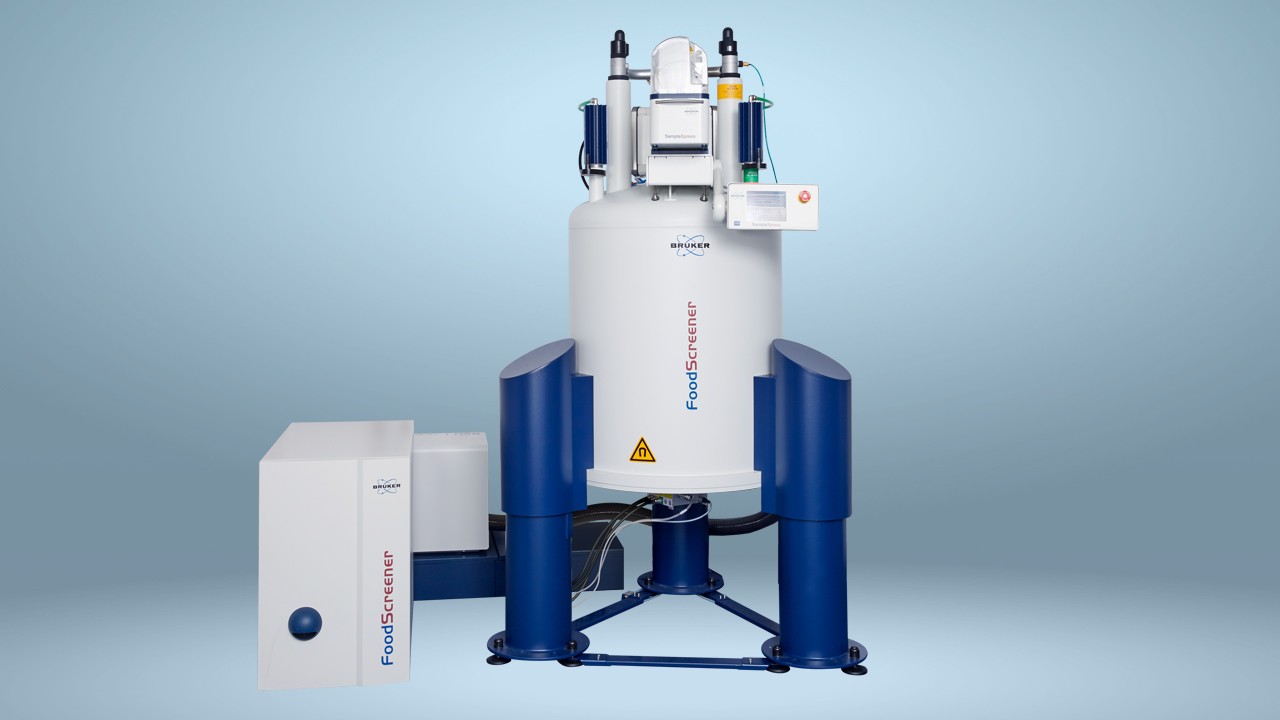

Structure Elucidation of Novel Food Preservatives using NMR
“…these results suggest that the antimicrobial activity of L. plantarum EM may lead to the development of promising biopreservatives that prevent fungal spoilage and food-borne pathogens”
The addition of a variety of preservatives is a key part of the food manufacturing process. This reduces the risk of food spoilage during transport or storage and protects the consumer from potential contamination by pathogenic bacteria.
These antifungal and antimicrobial additives usually take the form of a range of chemical compounds, such as sodium benzoate, benzoic acid, nitrites, sulfites, sodium sorbate, and potassium sorbate.
Consumers are increasingly looking to buy foods without chemical preservatives amidst fears of potential toxicity. In addition, some pathogenic and spoilage microorganisms have become resistant to commonly used chemical preservatives.
Consequently, the search for naturally occurring preservatives has intensified. Several antimicrobial peptides, such as lactoferricin and nisin, have been identified in milk and egg that effectively control infections of yeast and a variety of pathogens including Staphylococcus aureus and Escherichia coli.
Lactic acid bacteria, such as Lactobacillus plantarum, have recently been shown to have antifungal as well as antimicrobial properties. The metabolites identified so far that have antifungal activity include cyclic dipeptides, phenyllactic acid, proteinaceous compounds, and 3-hydroxylated fatty acids.
Antimicrobial activity is provided by bacteriocin, cyclic dipeptides, organic acids, fatty acids, and carboxylic acids.
Further investigation of the antimicrobial and antifungal activities of Lactobacillus plantarum isolated from kimchi, a traditional Korean fermented vegetable product, showed that the bactericidal action was effective against both Gram-positive and Gram-negative bacteria and was not reduced in the presence of gastric acid and bile.
It also led to the discovery of an additional, unidentified, active component. This newly identified metabolite has now been characterized.
After isolation and purification using solid-phase extraction and high-performance liquid chromatography, the structure of the mystery compound was elucidated by 1H and 13C nuclear magnetic resonance (NMR) using a Bruker Avance 500 NMR spectrometer.
This revealed that it was, in fact, 3-hydroxy-5-dodecenoic acid, which is stable at physiological pH. The antimicrobial efficacy was shown to be the result of cell aggregation due to severe damage to the surface of vegetative cells and was enhanced in the presence of lactic and acetic acids.
Bactericidal and fungicidal effects were observed against B. cereus and A. fumigatus and shown to be achieved with concentrations much lower than those required of the commonly used chemical preservative, sodium benzoate.
Lactic acid bacteria are not considered to be harmful to mammals and occur naturally in many foodstuffs. They, therefore, have the potential to be used as natural alternatives to chemical preservatives for protecting foodstuffs from contamination with bacteria and fungi.
The latest research suggests that Lactobacillus plantarum is a promising candidate for protecting against bacterial and fungal contamination in the food industry.
NMR structure elucidation of the active compounds provides information that could be used to develop novel preservatives that will enable natural protection against fungal food spoilage and contamination with foodborne pathogens.
Reference:
Mun SY, et al. Purification and characterization of an antimicrobial compound produced by Lactobacillus plantarum EM showing both antifungal and antibacterial activities. LWT. 2019. DOI: 10.1016/j.lwt.2019.108403.


